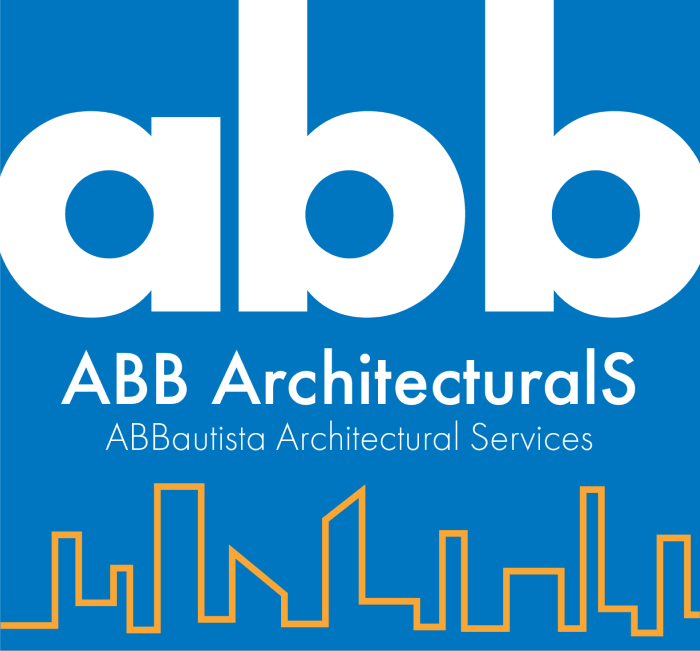The Implications of Covid-19 to the Design of Office Workspaces
Dominic Bautista
The need for a suitable and safe workspace to accommodate pandemic health protocols has seen greater demand than ever. COVID-19 has pushed many offices to reduce its physical workforce, endorse remote work and adjust typical working hours from early and long to later and shorter periods. While many of these changes remain temporary, more architects are recognizing the applications of automation, virtualization and green alternatives in designing offices that are healthy and secure.
Considering that the virus commonly infects most people by touch, automation in commonly touched surfaces would more than likely prevent unnecessarily infecting more employees in the office. Motion sensors have been used in various public facilities like hospitals, malls and corporate buildings for quite some time. Though costly, the high demand for motion sensing technology in office spaces may soon bring down its cost. Also, common areas such as comfort rooms, pantries and conference rooms would be prioritized more in shared working environments.
Virtualization is also synonymous to touchless practice wherein people conveniently access and exchange information through voice and face recognition. While a motion sensor removes the need to open and close barriers to access points, voice commands raise the bar in terms of its flexible application to other office routines. Certain voice commands may toggle devices to turn on or off, or restrict access to confidential information from coworkers. The same principle applies to facial recognition since unique facial patterns are enough to accomplish office routines in a safe and contactless manner.
Some office workspaces have adapted to natural alternatives in cleansing the air and inducing greater work productivity. Certain indoor plants and cactuses have found its places in densely populated portions of the office, or in a single workstation. The aesthetics and benefits of greening the office are always advantageous especially amidst today’s health crisis. Other hospitals use air conditioners with UV light built in the inlet where air flows in. This kills pathogens and bacteria to release not just cool, but also clean air. Other antimicrobial materials such as copper and alloy may soon find its place on armchairs and handles of pedestals.
Adding physical barriers and maximizing the remaining inches of the office for social distancing may sound more practical at the moment, but progress for work and health require balance and correspondence from both.
Scope: Automation, Virtualization, Antimicrobial Materials, Natural Alternatives
References:
https://www.bbc.co.uk/news/resources/idt-dc2d6e2d-3ab4-42de-8d03-bb7eda5fff8e?fbclid=IwAR31VTcXzPkKVAfoeueCO5PXgnzpJfK1WnQAY_eIeCbHmBohw8i5J1YFesE
https://pdf.savills.asia/asia-pacific-research/india-research/covid-19-transforming-workplaces-april-2020.pdf





















